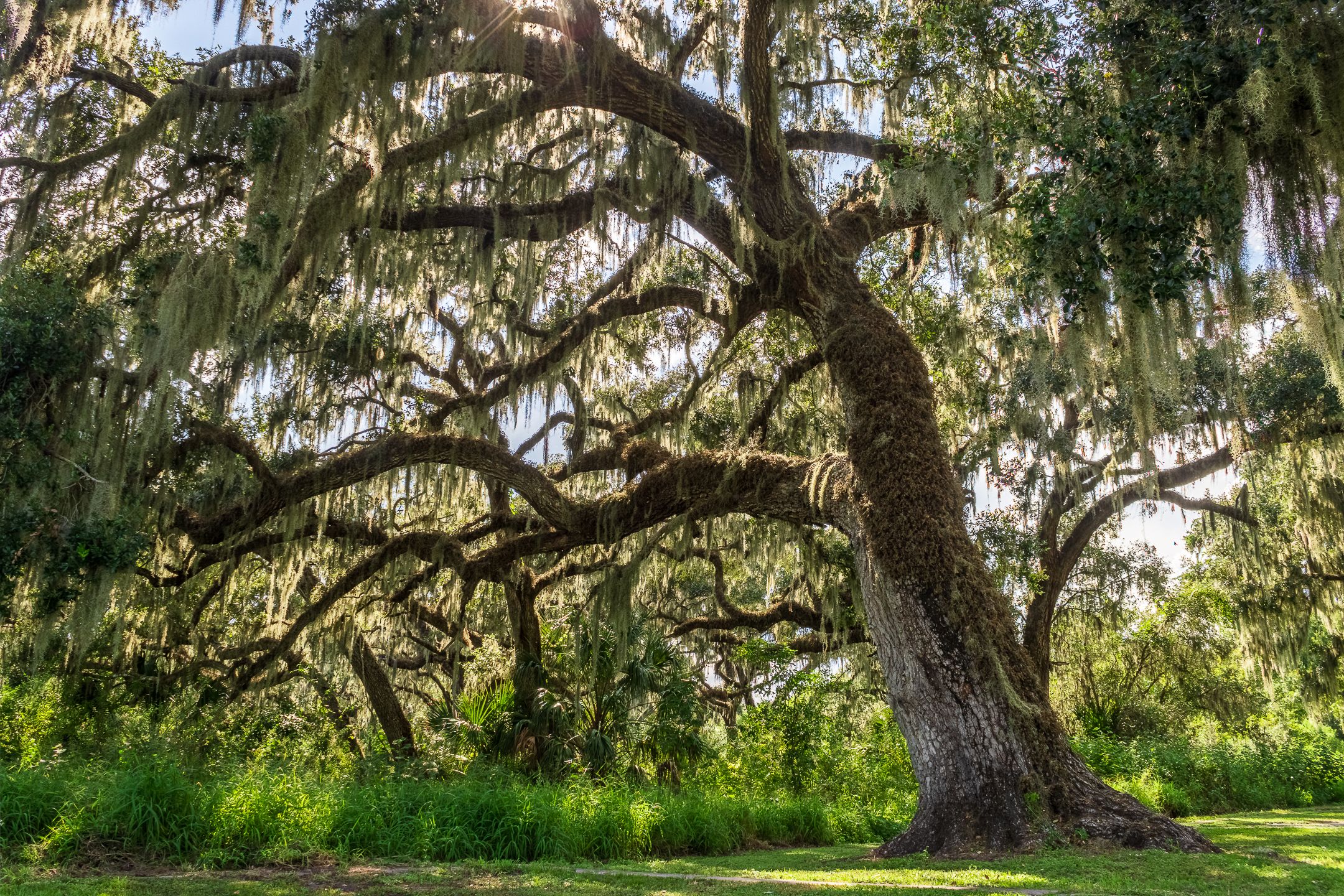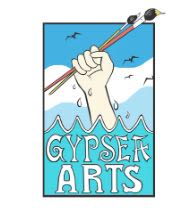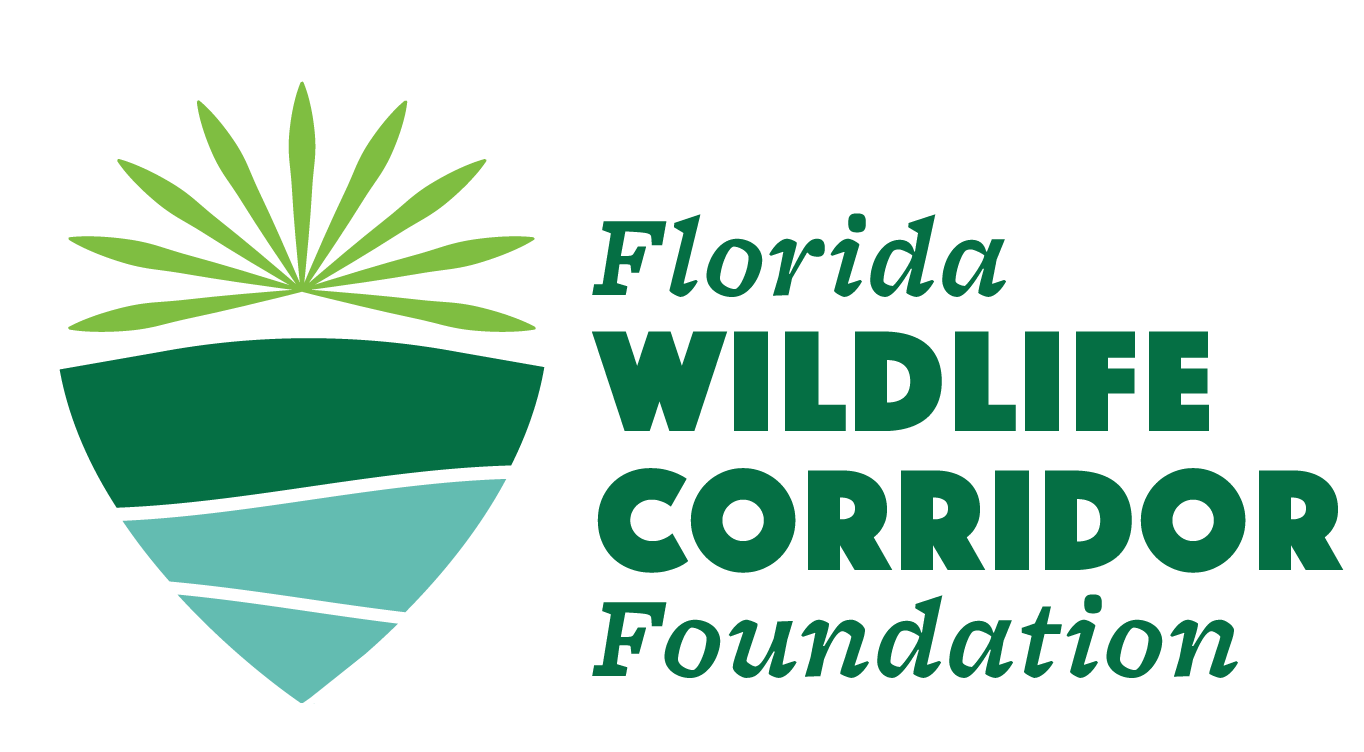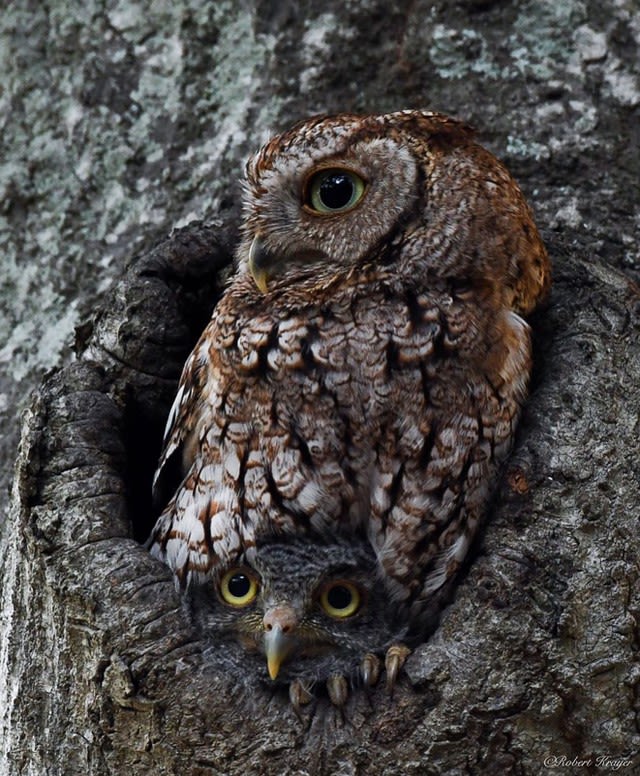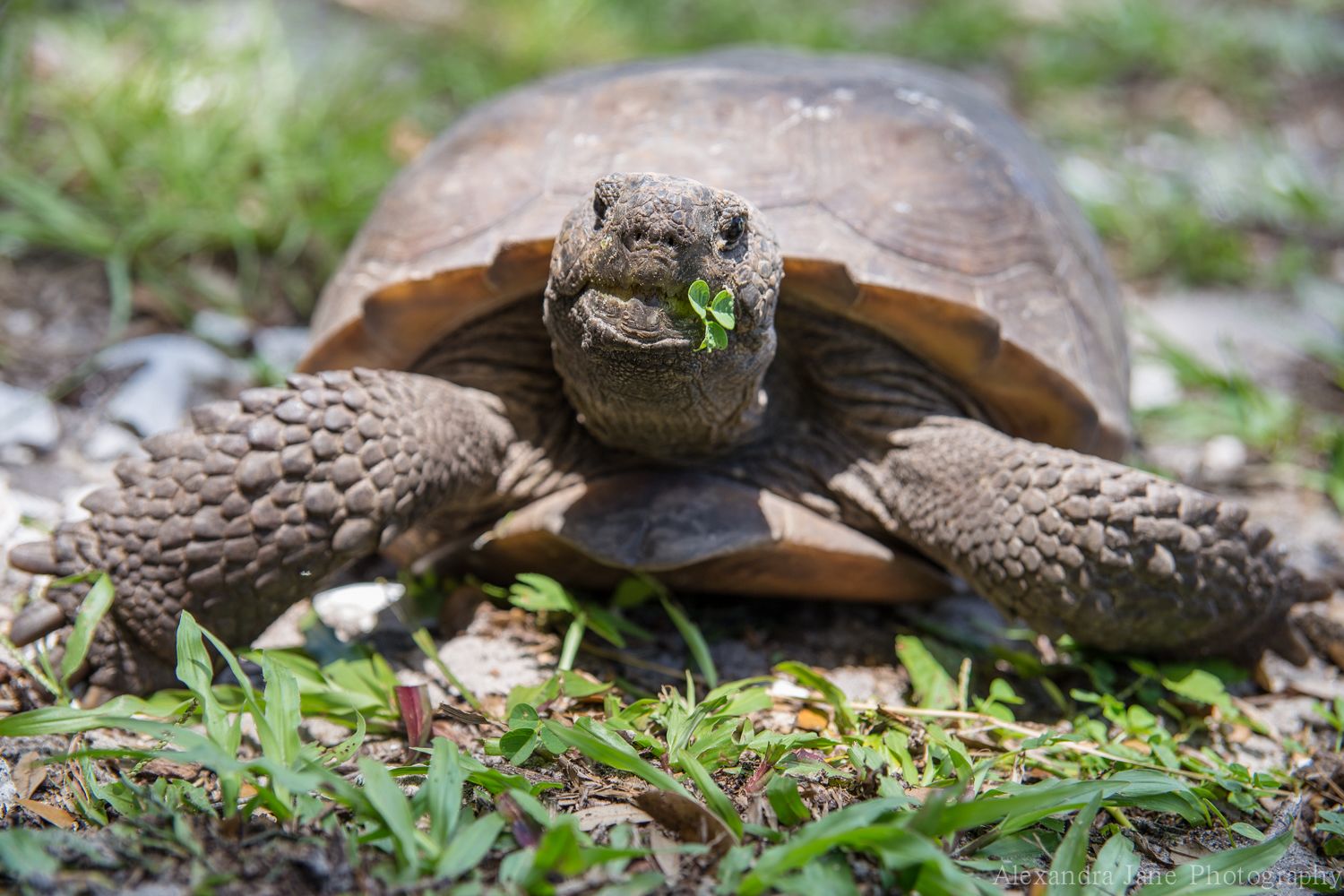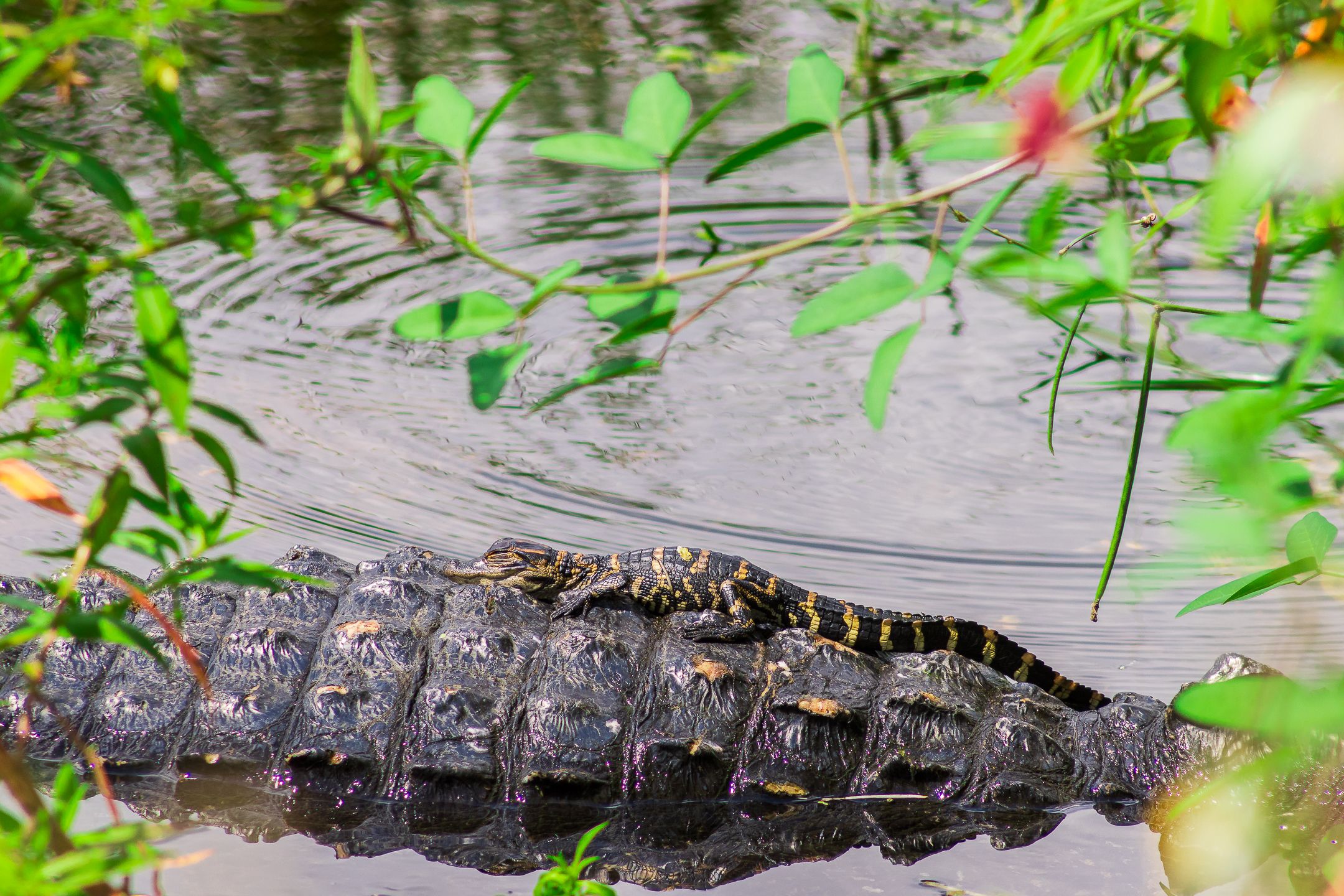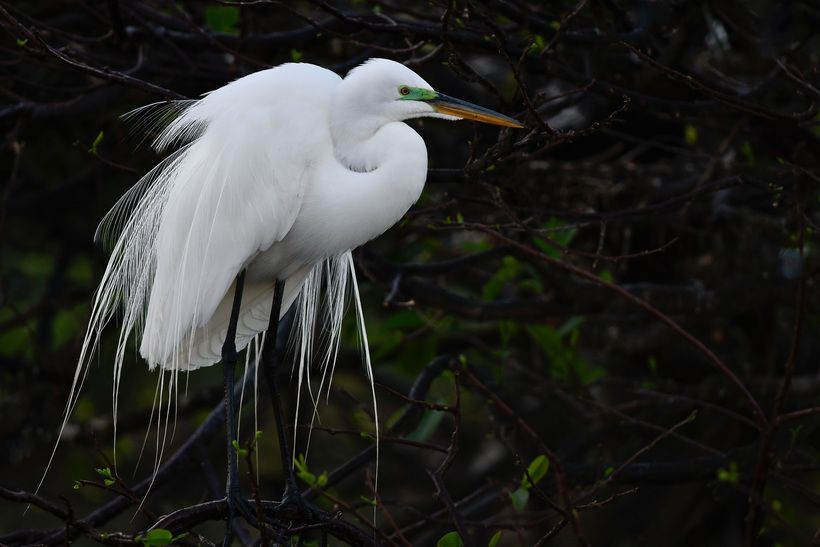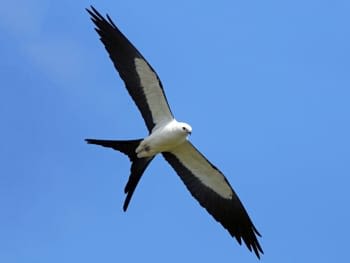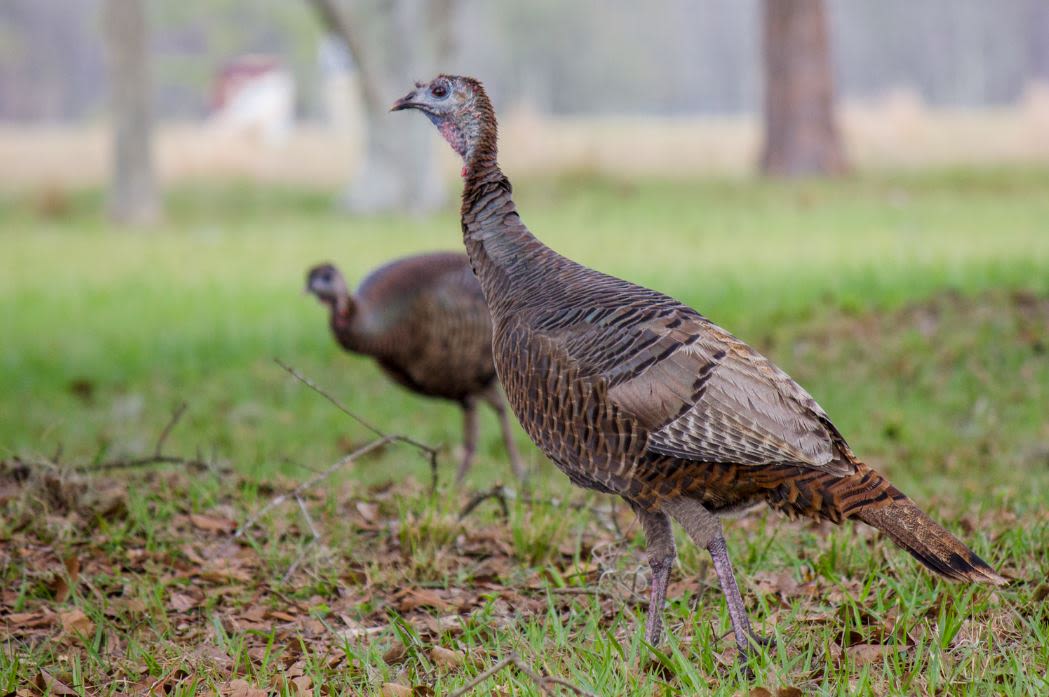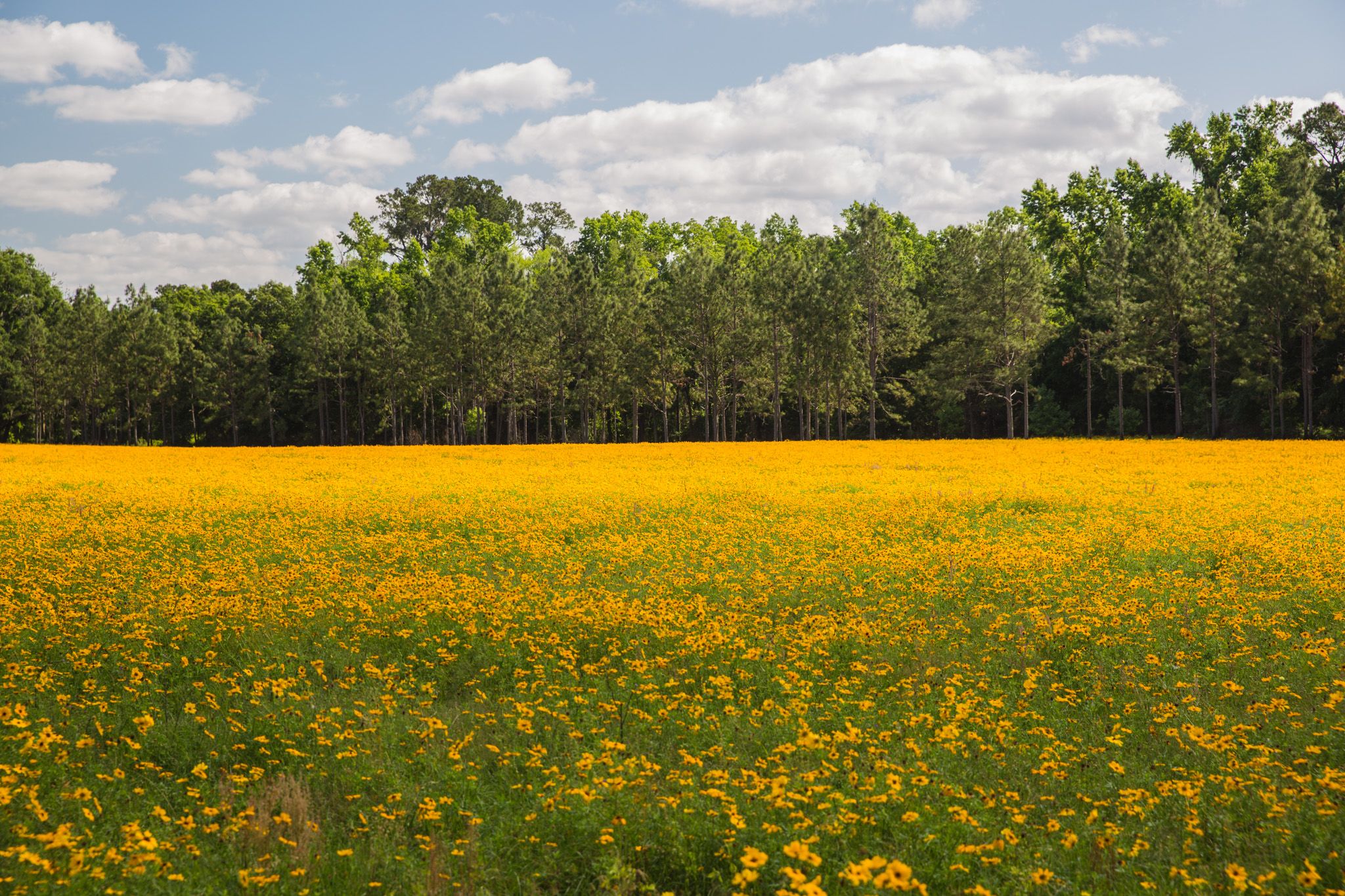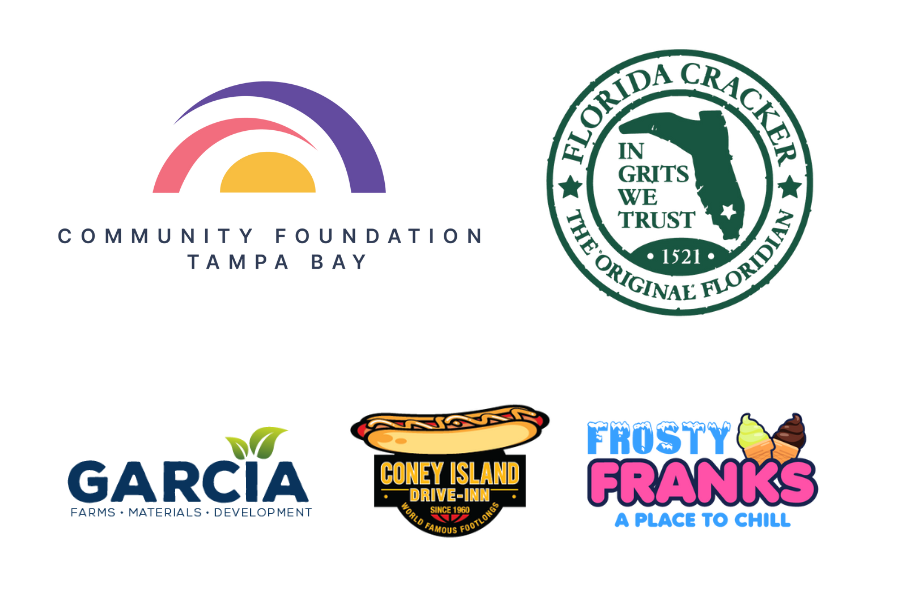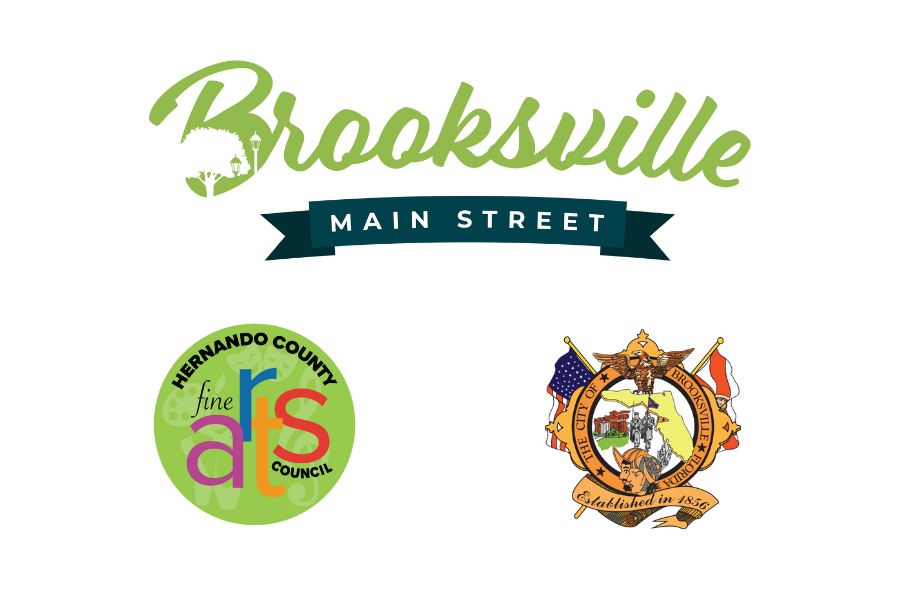Keeping It Wild
Muralist Justin Alsedek
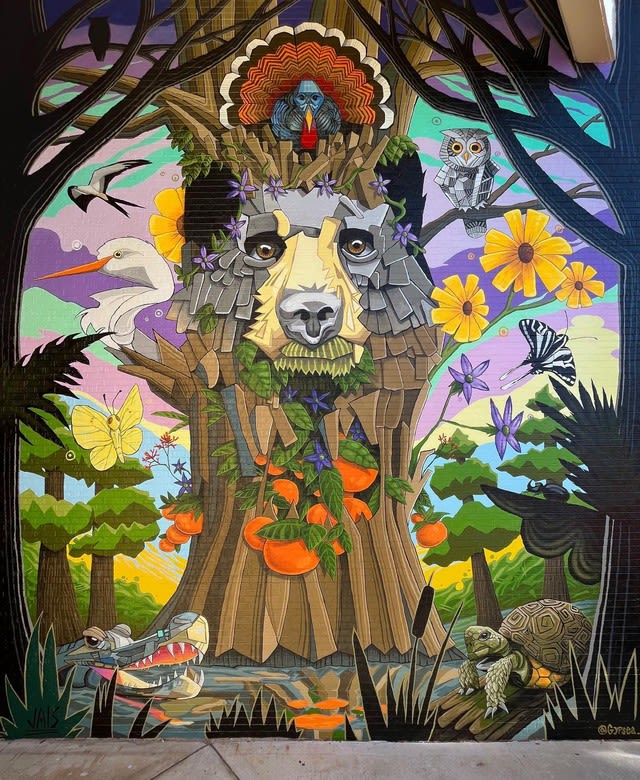
The Florida Wildlife Corridor is an
18-million-acre statewide network of connected lands and waters that supports wildlife and people.
Seen in dark green, 10 million acres are protected as Federal lands, state parks and forests, or private lands under conservation easements.
The remaining 8 million unprotected acres in light green are opportunity areas for conservation and are mostly comprised of agricultural working lands, such as cattle ranches and timber land. Not only do these valuable spaces provide food and fiber for Florida and our nation, but they also provide interconnected landscapes that keep Florida’s wild spaces connected.
Our Mural Campaign is aimed at raising awareness of the importance of the Florida Wildlife Corridor in areas with the greatest ecological significance that have the highest risk of development by 2030.
The geography surrounding the city of Brooksville connects the Green Swamp with the Chassahowitzka National Wildlife Refuge and the Nature Coast. But this stretch of the corridor is vulnerable. It contains numerous unprotected lands critical to keeping the corridor connected for both wildlife and people alike.
It is a refuge for many unique Florida plants, such as the endangered Brooksville bellflower, and is home to the Osceola Turkey. In this area you’ll also find some of the state’s most visited hiking trails, and locals and visitors alike enjoy an abundance of recreational activities such as biking, camping, fishing, kayaking and canoeing.
The wild spaces around Brooksville are currently in danger because of rapid population growth. Without thoughtful conservation and planning the connected landscape will be lost, resulting in diminished wildlife populations, degraded water quality and negative impacts on the outdoor recreation and ecotourism important to the local economy.
Meet the artist
Justin Alsedek’s journey began in Harrisburg Pennsylvania in a home where creativity and music was encouraged. His desire to create led him on a path towards art school. He graduated from Pennsylvania College of Art and Design in 2007 with a bachelor’s degree in fine art photography. Since then, it has become a life practice for Justin to take off to new places spreading his art along the way. He has had the fortune of seeing many beautiful places in and out of our country. The exotic and the geologically astounding sites he encountered inspired many of his pictures and paintings. After 8 years of steady travel, he landed in Ocala, Florida with his wife and son, where his art career unexpectedly blossomed. After more than a decade of commissioned based portrait work, he is now making a living with his own work, traveling to art festivals, doing gallery shows and creating large public murals like this one.
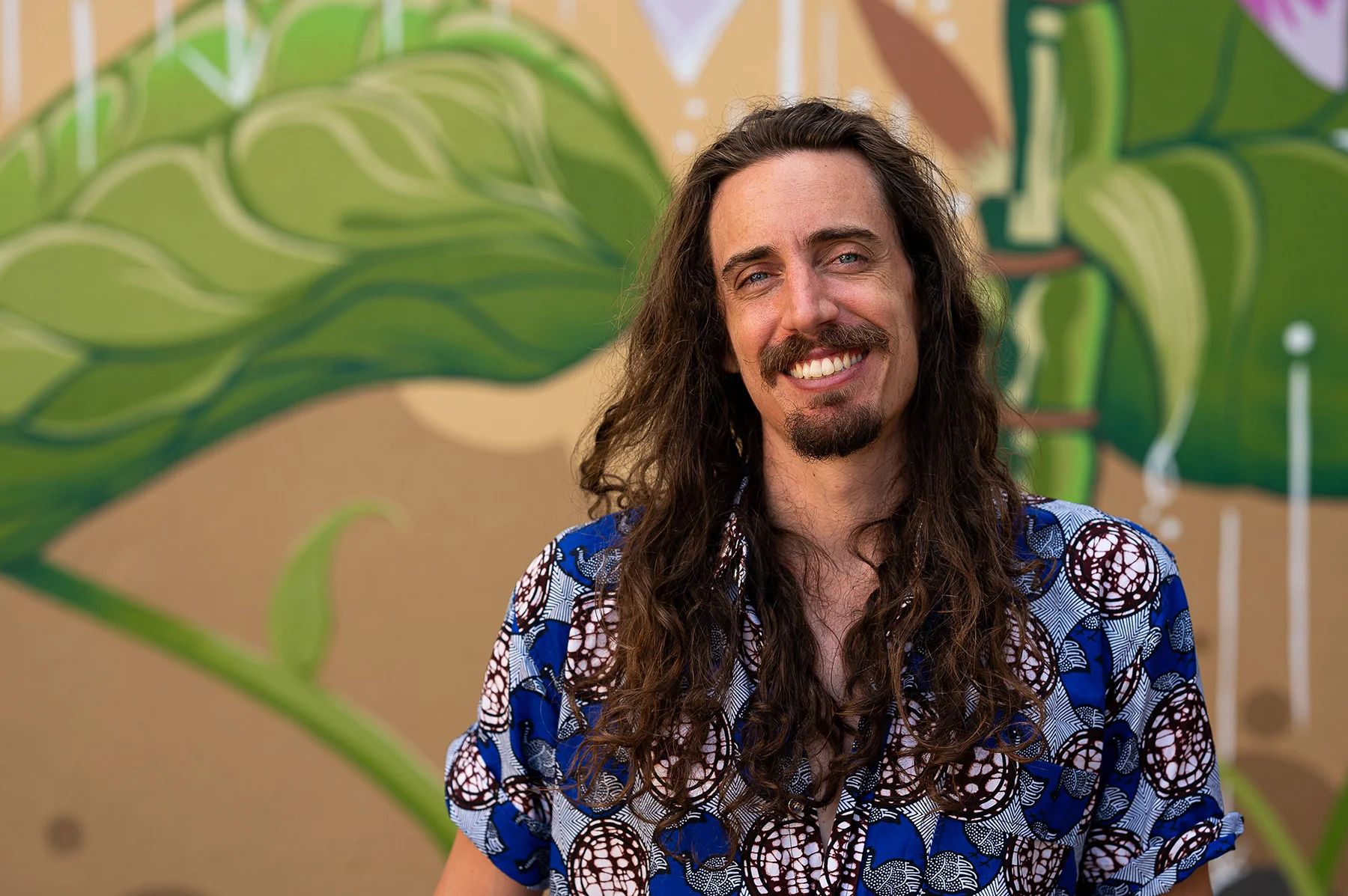
"Keeping It Wild" showcases the unique ecosystem surrounding the town of Brooksville. The Florida Fish and Wildlife Conservation Commission manages fish and wildlife resources for their long-term well-being and the benefit of people. Thanks to their contributions, you can learn more about the species in this mural. Scroll to learn about each of the species featured.
Photo by Alex Freeze
Photo by Alex Freeze
Florida Black Bear (Ursus americanus floridanus)
The Florida Black Bear is one of 16 subspecies of the American black bear and is the only bear species in Florida.
Black bears prefer habitats with a dense understory such as forested wetlands and uplands, natural pinelands, hammocks, scrub, and shrub lands, but will use just about every habitat type in Florida, including swamps.
Bears are generally solitary, except when in family groups (female and offspring) or pairings during the mating season.
Brooksville Bellflower (Campanula robinsiae)
This endangered flower is endemic only to Hernando County, Florida. It is a small, short lived annual that can be found between the low and high-water levels along the shoreline of ephemeral wetlands and ponds.
Photo by Robert Krayer
Photo by Robert Krayer
Eastern Screech Owl (Otus asio)
A common resident throughout the state, the Eastern Screech-Owl is Florida's smallest owl. This species is found in all types of wooded habitats, including suburban backyards. Eastern Screech-Owls feed on a variety of animals including insects, lizards, mice, and small birds. Can you spot the second, hidden owl in this mural?
Photo by Alex Freeze
Photo by Alex Freeze
Gopher Tortoise
(Gopherus polyphemus)
The life of a gopher tortoise revolves around its burrow(s) where gopher tortoises spend up to 80% of their time. Burrows average 15 feet long and 6.5 feet deep, though they have been documented reaching up to 40 feet long and 10 feet deep. Their burrows maintain a stable temperature and humidity year-round, providing protection from extreme temperatures, drought, and fire.
Burrows also offer shelter from predators and provide refuge for more than 350 other species, called commensals, including burrowing owls, Florida mice, indigo snakes, rabbits, gopher frogs, and invertebrates.
Periodic natural fires historically played an important role in many of the habitats where tortoises are found, as fire reduces canopy cover and promotes growth of herbaceous forage plants. When fire is suppressed from these environments, the habitat may become unsuitable for gopher tortoises. Prescribed fire is frequently used today to maintain these habitats.
Photo by Ethan Coyle
Photo by Ethan Coyle
American Alligator (Alligator mississippiensis)
Mother alligators guard their young for up to a year and it is not unusual for them to carry their babies on their heads or snouts — even inside their mouths!
Alligators regulate their body temperature by basking in the sun or moving to areas with warmer or cooler air or water temperatures. Alligators are dormant throughout much of the winter. During this time, they can be found in burrows that they construct adjacent to an alligator hole or open water, but they occasionally emerge to bask in the sun during periods of warm weather.
The American alligator is one of two crocodilians native to Florida. The American alligator is Federally protected by the Endangered Species Act as a Threatened species, due to their similarity of appearance to the American crocodile, and as a Federally-designated Threatened species by Florida’s Endangered and Threatened Species Rule.
Photo by Bonnie Masdeu
Photo by Bonnie Masdeu
Great Egret (Ardea alba)
Great egrets nest in colonies, usually with other herons and ibises. The Great Egret usually wades in shallow water to capture fish and other aquatic organisms, although it may hover above or swim in deeper water, procuring food where it is particularly plentiful. At times, it forages in upland habitats for small reptiles, amphibians, and mammals.
Aigrettes, filamentous plumes which adorn the back, breast, and crown of most egrets when breeding, were in demand in the late 1800s and early 1900s leading to the extirpation of many breeding colonies in Florida. Thankfully, the species has rebounded in recent years.
Swallow Tailed Kite (Elanoides forficatus)
After spending the fall and winter in South America, kites arrive in Florida in early March to breed. They build nests of small sticks woven with Spanish moss, preferably in tall cypress and pine. Highly social for a raptor, they nest in loose colonies and often forage in small flocks.
Kites eat all kinds of insects and small animals, including frogs, anoles and snakes. By early July, they begin to gather in large communal roosts for the migration back to South America. The future of swallow-tailed kites depends on protection of lowland forests throughout their breeding range.
Photo by Alex Freeze
Photo by Alex Freeze
Osceola Turkey (Meleagris gallopavo osceola)
Florida is home to two subspecies of wild turkey — the eastern wild turkey (Meleagris gallopavo silvestris) and the Osceola or Florida wild turkey (M.g. osceola). Osceola Turkeys can be found in open woodlands throughout Peninsular Florida.
Photo by Genna Hill
Photo by Genna Hill
Florida tickseed (Coreopsis floridana)
Florida tickseed is one of 12 coreopsis species native to Florida. Coreopsis is Florida’s state wildflower and includes all native Coreopsis species that occur here.
Zebra Swallowtail (Family Papilionidae)
The Zebra Swallowtail (Eurytides marcellus) spends the caterpillar portion of life almost exclusively in a pawpaw tree. The leaves of the pawpaw tree contain a toxin that helps protect the Zebra Swallowtail caterpillar. After metamorphosis, some of the pawpaw leaf toxin remains in the butterfly body to help repel birds, spiders and insects.
Cloudless Sulphur (Phoebis sennae)
This common butterfly is particularly prominent during its fall southward migration. Cloudless sulphur caterpillars use various species in the genera Chamaecrista and Senna in the pea family (Fabaceae) as host plants.
The fall migration of cloudless sulphurs is one of the easiest butterfly migrations to observe in the southeastern United States.
Photo by Grant Bemis
Photo by Grant Bemis
Rhinoceros Beetle
Rhinoceros beetles are herbivorous insects named for the horn-like projections on and around the males' heads. Adults of some species can lift objects 30 times their own weight without sacrificing any speed. Rhinoceros beetles can grow up to six inches (15 centimeters), making them some of the largest beetles in the world.
The Brooksville Mural was made possible by the support of the following. Thank you.
Sponsors
Partners
Special thanks to
